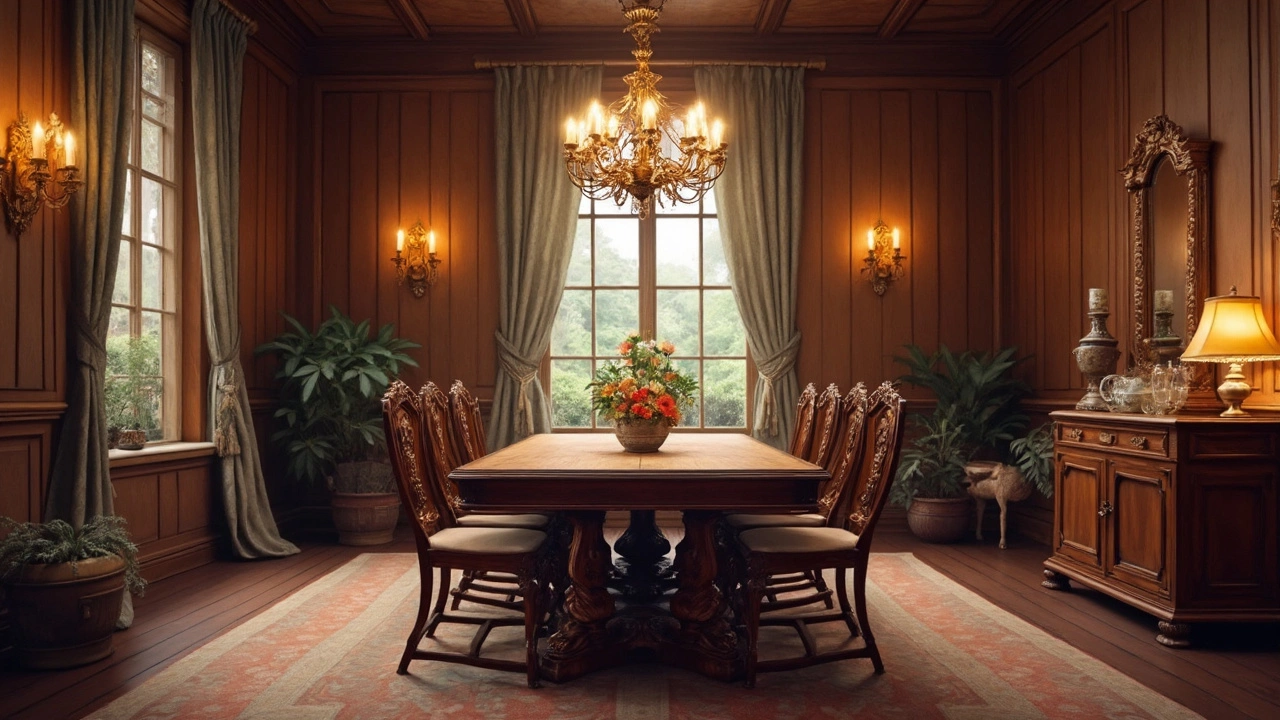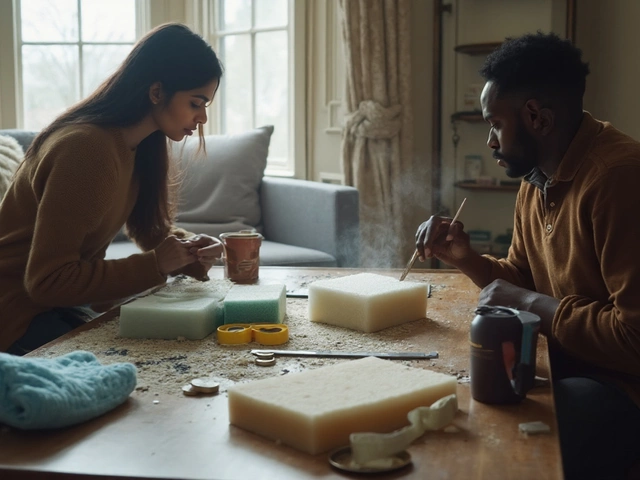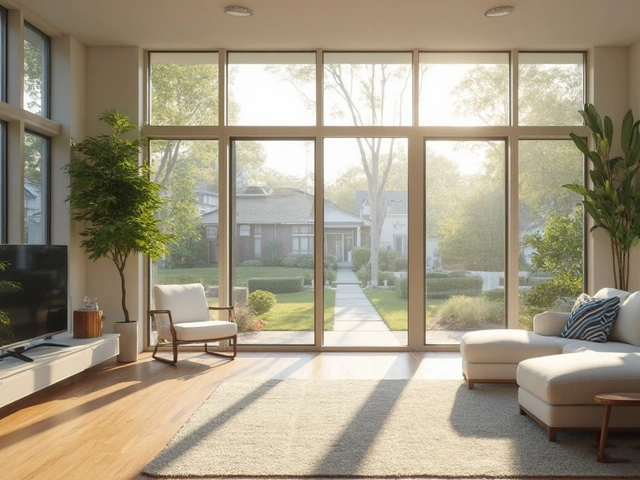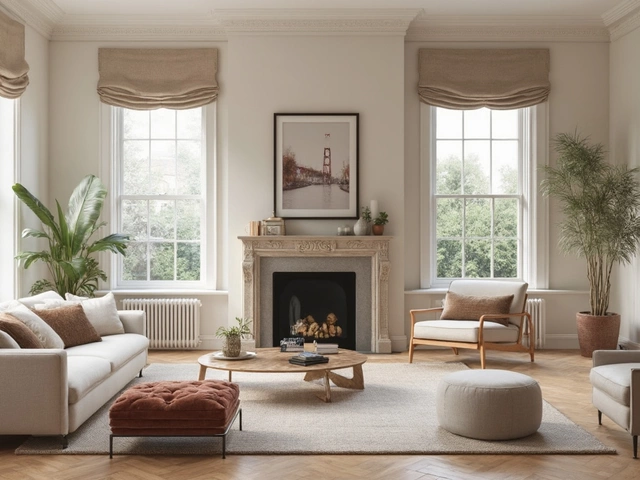Furniture Materials: What Works Best for Your Space?
Ever wonder why some pieces look great for years while others wear out fast? The secret often lies in the material. Whether you’re picking a new sofa, a dining table, or a kitchen island, knowing the strengths and quirks of each material saves you money and hassle.
Let’s break down the most common options, talk about who they’re best for, and give you quick care hacks so your furniture stays fresh.
Wood: Classic, Warm, and Versatile
Solid wood—think oak, walnut, or pine—has been a go‑to for centuries. It ages beautifully, can be sanded and refinished, and adds instant warmth. If you love a timeless look and don’t mind a bit of upkeep, wood is a solid bet.
Pros: strong, can be repaired, looks better with age. Cons: can dent or scratch, may expand with humidity. For budget‑friendly alternatives, engineered wood or MDF (medium‑density fibreboard) mimic the look without the price tag, but they don’t hold up to heavy wear as well as solid timber.
Quick tip: wipe spills with a soft cloth and avoid harsh chemicals. A light oil or wax every few months keeps the finish supple.
Metal and Glass: Modern Edge
Metal frames—steel, aluminium, or wrought iron—bring an industrial vibe and are incredibly sturdy. Pair them with glass tops for a sleek, airy feel that works well in small rooms because it doesn’t dominate the space.
Pros: durable, resistant to moisture, low maintenance. Cons: can feel cold, may rust if not properly coated. If you choose metal, look for powder‑coated finishes that resist rust, and clean with a damp rag.
Glass surfaces are easy to clean—just spray and wipe—but they show fingerprints. A quick swipe with a microfiber cloth keeps them sparkling.
Upholstery Fabrics: Comfort Meets Style
Upholstered pieces are where comfort meets design. From sturdy cotton canvas to luxurious velvet, the fabric you pick influences how long the furniture lasts and how easy it is to keep clean.
Consider foam density when buying a sofa—higher kg/m³ means firmer support and a longer life. If the cushions sag, swapping the foam (as shown in our guide on replacing couch cushion foam) can revive them without a full re‑upholster.
Pet owners and families should look for performance fabrics that resist stains and wear. A quick vacuum and spot‑clean with mild soap will keep them looking fresh.
Eco‑Friendly Choices: Good for the Planet and Your Home
Recycled wood, bamboo, reclaimed metal, and low‑VOC finishes are gaining popularity. They offer the same look and durability while reducing environmental impact.
When shopping, ask suppliers about the source of the material and any certification (like FSC for wood). Choosing pieces that can be recycled at the end of their life cycle is a win‑win.
Remember, the best material aligns with three things: the room’s function, your budget, and the level of care you’re willing to give. Mix and match—maybe a solid‑wood dining table with metal chairs, or a upholstered sofa with a glass coffee table—to keep your interiors balanced and interesting.
Now that you know the basics, go ahead and pick the material that feels right for you. Your future self will thank you when that piece still looks great after years of use.






